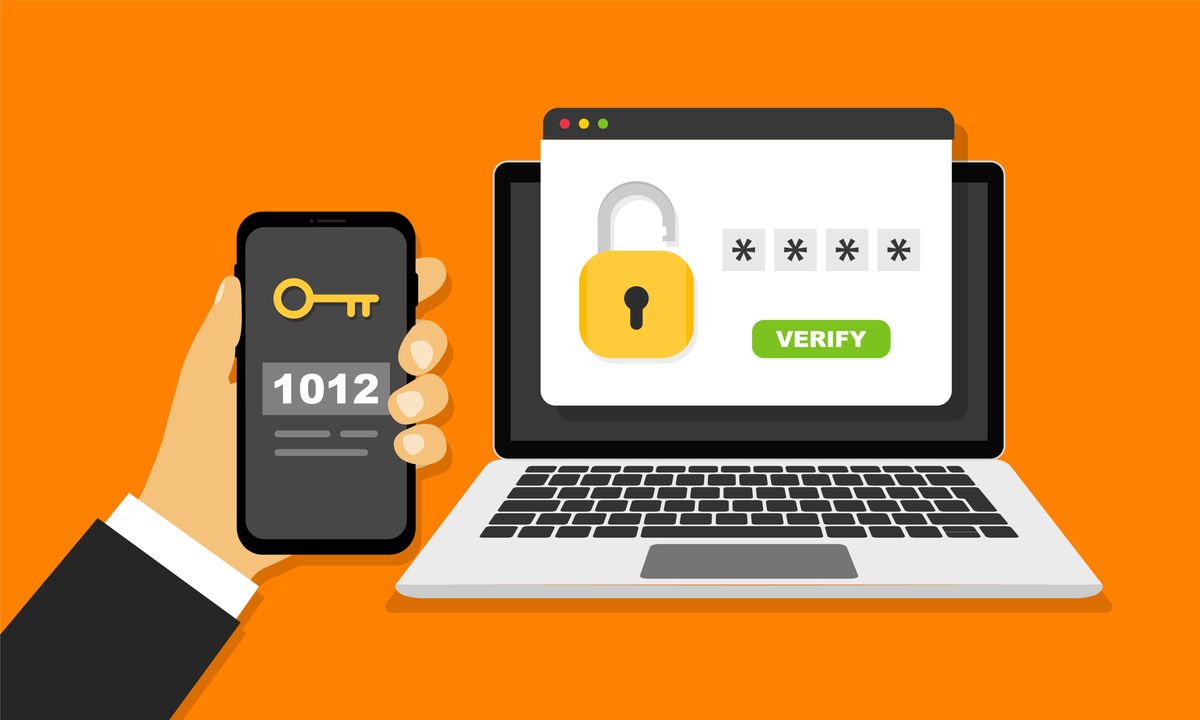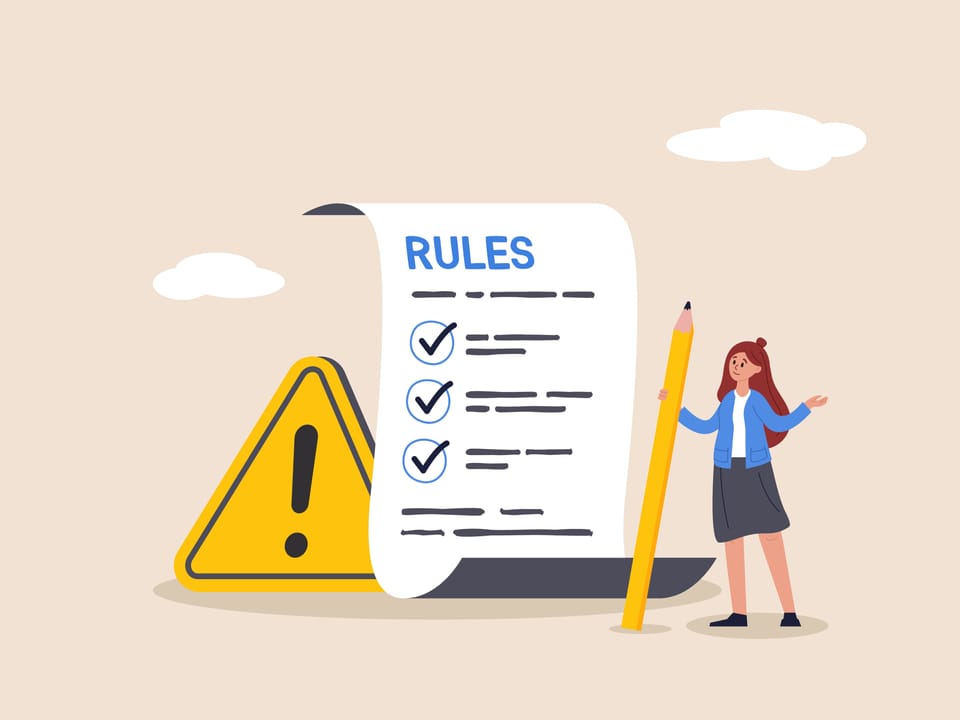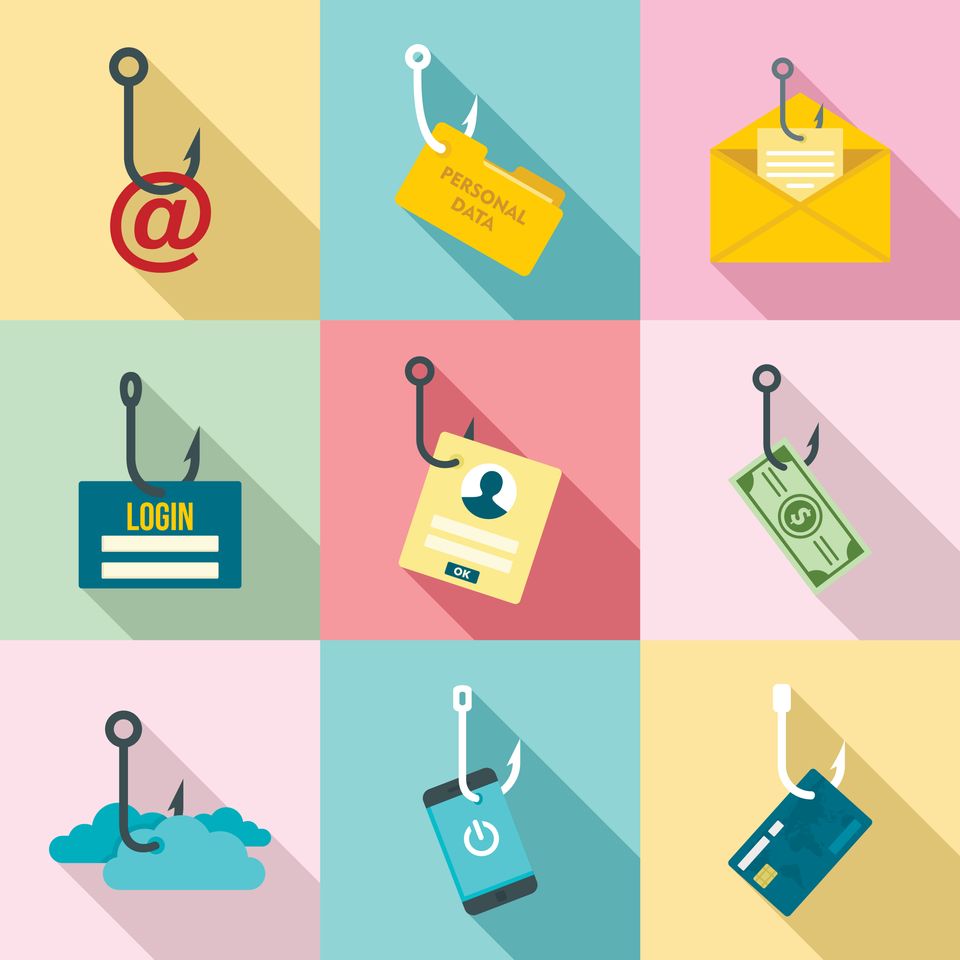What is Multi-Factor Authentication and Does My Business Need It?

In today’s cybersecurity landscape, threat actors deploy sophisticated phishing attacks, which result in data breaches and account takeovers. Small businesses need more than a strong password to protect sensitive business information. Most password solutions lack a reliable component for verifying the identity of a user. Unauthorized users with passwords can easily infiltrate business systems.
Thus, small businesses need an extra security layer to authenticate users accessing their systems. Multi-factor authentication provides an effective way of achieving this endeavor.
Multi-Factor Authentication (MFA)
Multi-Factor authentication (MFA) provides a way to verify a user’s identity. The verification process relies on two or more factors that validate the specified identity.
The factors hold additional information or attributes that makes it difficult for cybercriminals to impersonate a user. Essentially, MFA adds an extra security layer – it is hard for a hacker to get all the required factors at once. These factors include:
Something a user knows: This includes passwords and PINs, and it’s the common factor.
Something a user owns: This refers to physical objects the user has. They include mobile phones, USB drive security tokens, keys, smart cards, bank cards, Media Access Control (MAC) addresses on computers, and any hardware token.
Something a user is: This factor is usually based on biometrics and traits unique to each person, and they are hard to replicate (personal identity). They include fingerprint, face, voice, retina, iris recognition, hand geometry, and behavioral characteristics.
Somewhere a user is: This is a location-based factor. It uses IP addresses, GPS, and other options that provide the location of a user or device.
Common Multi-Factor Authentication for Small Businesses
Small businesses can use different implementations of MFA depending on their requirements and resources. The common ones are as follows:
One-Time Password (OTP): A verification code is sent via SMS or email. OTP is widely used but not very secure since dedicated hackers can intercept SMS or compromise your email.
Time-Based One-Time Password (TOTP): As the name suggests, it is a timed OTP. The code expires after a short period. Unlike OTP, TOTP uses Authenticator apps that generate the code. They are hard to intercept unless your phone is compromised.
Push MFA: This form of MFA also uses Authenticator apps or other technologies that push notification prompts when there’s a login attempt on your account. If you are attempting to log in, you can approve the request. If not, you deny it.
Biometric MFA: This type of MFA uses biometrics such as fingerprints, face, iris, or other traits to verify the user’s identity.
Most forms of MFA combine factors such as something a user knows or owns. Others include something a user is for overall verification.
Benefits of Multi-Factor Authentication for Small Businesses
Additional security layer
By verifying the user’s identity, MFA provides an extra security layer that is hard to crack. For hackers to succeed, they will need access to other factors. Depending on the MFA implementation, compromising sensitive information via password breaches can be done away with or minimized.
Also, with push-based MFA, security personnel or individuals can know when hackers are attempting to access the organization’s systems or accounts and thus take extra measures.
Compliance with regulatory obligations
Multi-Factor Authentication is part of the security measures small businesses need to implement to comply with regulations. Businesses that deal with personally identifiable information such as health or finance must have MFA in either administrative or remote network access.
Cyber insurers and even underwriters now require small businesses to have some form of MFA. Small businesses without MFA will get expensive policies or expensive renewals.
Strong cybersecurity posture and culture
Multi-Factor Authentication is among the best cybersecurity practices small businesses can undertake. MFA minimizes the impact of phishing and acts as a safeguard when passwords are compromised.
MFA also takes care of non-compliant employees who use weak or the same passwords for various systems.
Good business reputation
MFA and other security measures help build a good reputation and trust among stakeholders, employees, customers, and other business partners who want to know if their data is secure.
A positive reputation offers small businesses a competitive advantage. In return, small businesses will get to retain customers and attract new ones, widen their business operations, and make good revenue.
Wrap Up
Multi-factor authentication is an effective security measure small businesses can use to fortify their cybersecurity posture. This extra layer of security is essential for protecting against threats that target weak access control, remote access, and online services such as cloud or collaboration.



